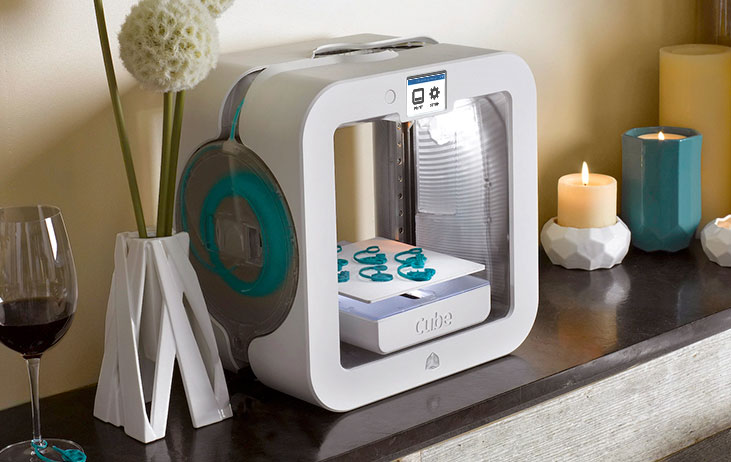The fast paced millennial generation wants the world on a plate and the increasing demands on businesses to perform faster and better has led to the rise of the machine in industries across the globe. The use of machinery in business is nothing new of course, however the modern day machines are quite unlike their predecessors as they not only need to offer an unrivalled rate of productivity but also unprecedented precision movement and functionality.
Machines look set to replace humans in so many processes as they can simply operate at a faster rate and at near 100% accuracy, and one area that they are truly making waves is the 3D printing industry. 3D printing is regularly used in vast range of sectors including defence, medicine, motorsport, automotive and general precision component manufacture.
The 3D printing process is the manufacture of a three dimensional solid object using a digital file to map out the shape required and objects can be made as one off creations or part of a huge production line. 3D printing is a classic example of computers and machines working seamlessly together as Computer Aided Design (CAD) instructs the machine which then adds layer upon layer to create an object, using high precision tools to cut, shape and drill where necessary.
3D printing objects are usually made from metal, plastic or resin and require the use of specialist 3D scanners if copying an existing object or a 3D Modelling computer program in order to design a brand new or bespoke object slice by slice. There are many different types of 3D printers that use different types of technology to create the required object direct from a CAD file. Some printers melt or soften materials to create the layers, others use selective laser sintering (SLS) and fused deposition modelling (FDM) to manipulate the medium, or another popular method is stereolithography (SLA) where a UV laser is used to cure a photo-reactive resin one layer at a time.
The method you use will likely be dependent on the material you wish to use and the budget you have available. 3D printing is a special technological process because it can accommodate almost any material or design – providing you have the budget to finance it. Most printers can work with a variety of materials and can create anything and everything from screws and sculptures to gear box mechanisms and giant machine arms.
3D printing has removed the risk of human error in creating intricate high performing mechanisms and machinery at a reliable and rapid rate. If you can design it and find a printer big enough then you can make pretty much anything, so next time you require a replacement part or need to boost your factory floor productivity with bespoke machinery then 3D printing is the process for you.

Leave a Reply
You must be logged in to post a comment.